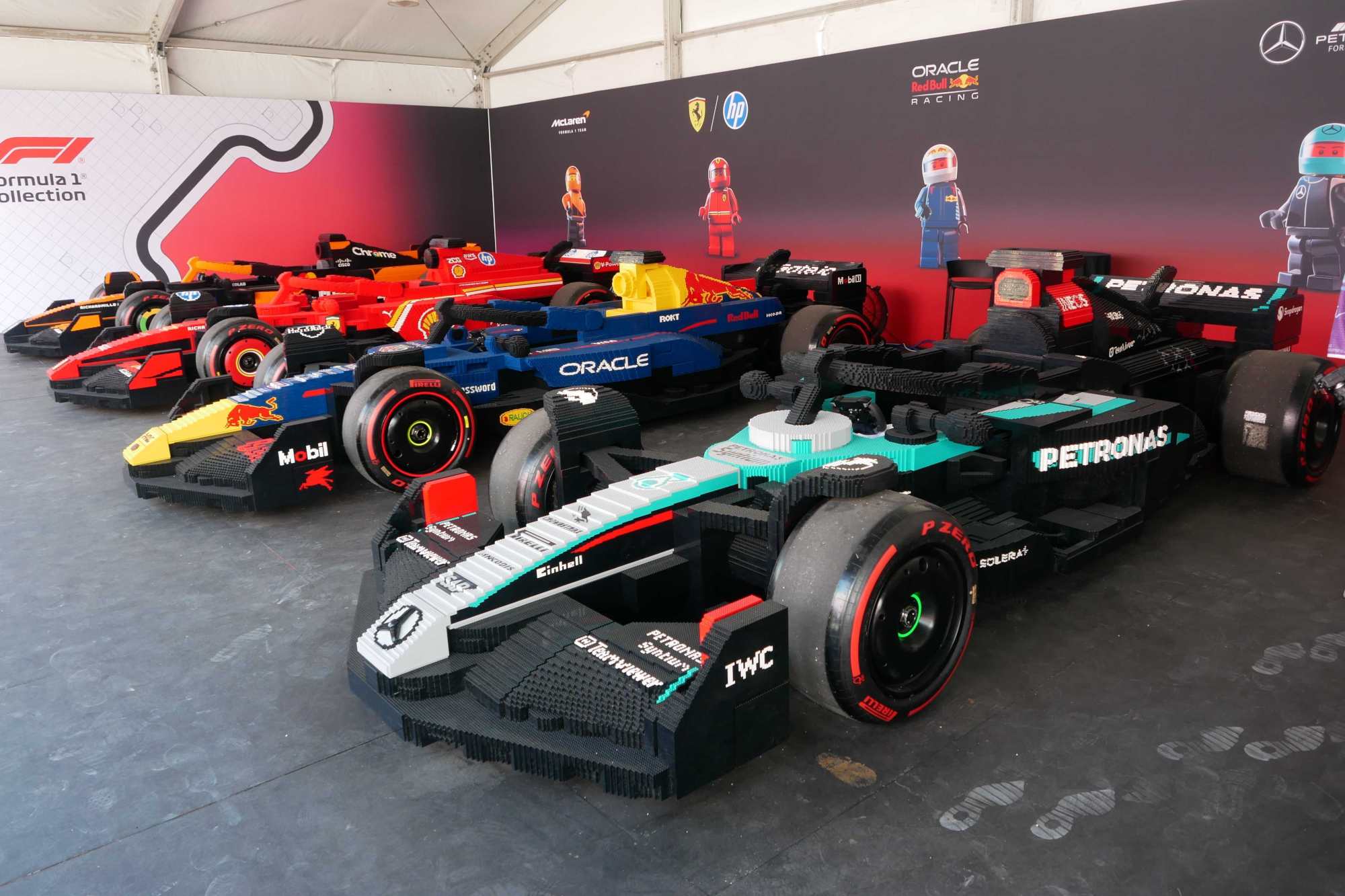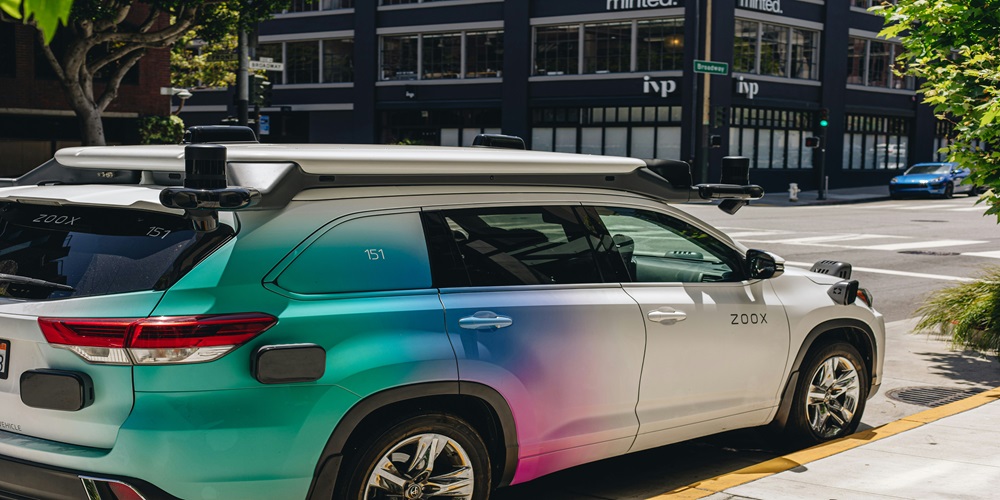Ahead of this year’s Miami Grand Prix, Formula 1 drivers have swapped the usual parade truck for something far more blocky and brilliant: fully drivable, life-sized Lego F1 cars. Each team has its own custom-built model in team colours and livery, and today (Sunday, May 4), all twenty drivers will take to the 5.4km Miami track in these rolling tributes to brick-based engineering. Yes, really.
The Lego x F1 parade is more than a marketing stunt. It’s the result of nearly a year of work by a team of 26 designers, engineers and master builders based at Lego’s Kladno factory in the Czech Republic – the same place where the company constructs all its large-scale Lego models for parks, stores and now, apparently, the Formula 1 grid.
Each car is based on Lego’s Speed Champions line, scaled up to match the proportions of a real F1 car – 5.5 metres long and almost indistinguishable from the real thing when viewed from a distance. Except, of course, each one is made up of almost 400,000 Lego bricks and weighs in at a hefty 1500kg.
“There’s a massive metal structure inside to make it safe and strong,” explains Martin Šmida, one of the lead engineers behind the project. “It’s got an electric engine at the back, a fixed-ratio gearbox, a differential, and all the steering up front. The steering system is very compact because there’s not much room under the nose – and for the first time we’ve used proper racing brakes.”

Šmida and colleague Marcel Šťastný know a thing or two about building Lego cars. Between them, they’ve worked on previous 1:1 scale builds like the Toyota Supra and McLaren P1, though those were more like static models with some motion – this time, they’ve gone fully driveable, and with ten unique designs rather than just one.
That in itself was a challenge, says designer and F1 fan Jonathan Jurion: “The cockpit had to fit two people and be able to drive safely. So we mocked up the interior first, tested the space, and then scaled everything else around it. It just so happened that the final size was practically the same as an actual F1 car. That’s when we knew we were onto something.”
In true F1 fashion, the project came with a tight development window. The team began the core design work in August last year, meaning they had around eight months to build ten functional cars from scratch. “We’re used to making cars,” says Šťastný, “but not ten at once.”
Each one includes authentic details inspired by the Speed Champions sets and real-world racing machines – from aerodynamic sidepods to the instantly recognisable Pirelli tyres. Those tyres, by the way, are the real deal. “The teams provided us with genuine F1 rims and tyres,” Šťastný says excitedly. “We had to custom-engineer the connections to make them work with the Lego frame.”
There’s a lot going on beneath the bricks that fans won’t see. The drivetrain includes an electric motor limited to 20 km/h – fast enough for a parade lap, but far from race pace. “If we removed the limiter, it could go faster,” Šťastný admits, “but these aren’t built for racing. They’re about the moment, the joy, the surprise. We wanted something fun and safe for the fans and drivers alike.”


That said, they didn’t skimp on testing. All the cars were put through their paces at Lego’s in-house facility – a big, dry garage in Kladno – where they simulated the Miami lap distance and ironed out potential issues. “We even had a test run yesterday,” Šťastný adds. “Everything worked perfectly.”
The real test, though, will come on Sunday, when twenty of the world’s fastest drivers – each used to multimillion-dollar, carbon fibre rockets – are handed the keys to a Lego version instead. The team won’t be there to coach them in person, so they’ve shared detailed instructions to help the drivers know what they can and can’t do.
“We just hope they follow them,” says Šťastný, laughing.
It’s a big moment for everyone involved, especially for the lifelong F1 fans on the Lego team. “This has been a dream project,” Jurion says. “Formula 1 and Lego, that’s childhood wish fulfilment right there.”
So, how close are these big builds to the real deal? The team worked closely with all ten F1 outfits to get the branding just right – from the sponsor logos to the precise colour schemes. “We were inspired by the Speed Champions sets,” Jurion explains, “but we also wanted each one to stand on its own. If you look closely, every car has different details – unique sidepods, custom engine covers, and of course, team-specific steering wheels. All made of Lego, obviously.”
What’s next? That’s under wraps for now and we can’t wait to find out. Lego and F1 are in a multi-year partnership, and Miami is just the start. Until then, keep your eyes on the grid. The lights are out, and away we Lego!
In the meantime, if you’re looking for mini models of these life-sized Lego giants, you can find the Formula 1 Speed Champions range online at Lego US and Lego UK.
Liked this? Best upcoming Lego sets: this year’s top new Lego releases












